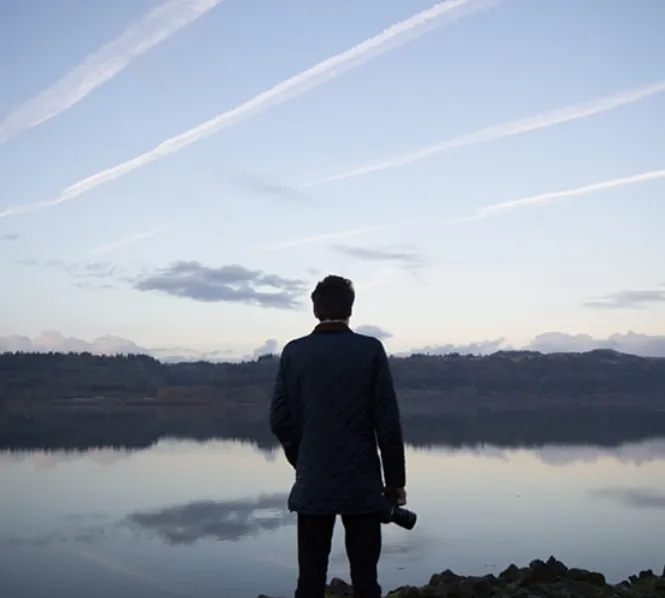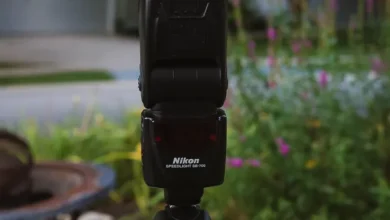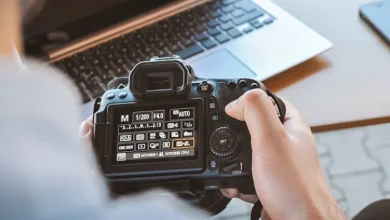
How Checking the Background Can Instantly Improve Your Photos
Improving your photos doesn’t always require new gear or expensive equipment. Sometimes, the simplest solution can make a huge difference. One of the quickest ways to enhance your images is by paying close attention to the background. Believe it or not, the background can make or break your photo. Here’s how you can instantly improve your shots by simply checking the background.
Why the Background Matters
When you’re focused on capturing the perfect subject, it’s easy to forget about the surroundings. But the background can easily distract from the main subject, sometimes even stealing the spotlight. Have you ever taken a photo with a tree seemingly growing out of someone’s head? Or a random object that draws attention away from your subject? These small things can have a big impact on your image.
The background sets the tone of the photo and can either complement or detract from your subject. If you’re not paying attention to what’s behind your subject, now is the time to start.
Four Things to Watch Out for in the Background
- Strong Colors
Bright, vibrant colors—especially warm tones like red, yellow, and orange—can quickly grab the viewer’s attention. For example, a person in a yellow jacket or a red car in the background can pull focus away from your intended subject. - High Contrast Areas
The human eye is naturally drawn to areas with stark contrast, such as bright highlights next to dark shadows. Any patch of sunlight hitting the background, or even textured areas with strong light-dark contrasts, can divert attention away from the subject. - Bright Spots
The brightest areas in a photo always grab the eye. Be cautious of reflective surfaces or shiny objects in the background. Things like car windows, mirrors, or metallic objects can reflect light, causing bright spots that distract the viewer. - Sharp Focus in the Background
If the background is as sharp as the subject, it can create confusion and make it hard for the viewer to identify the main focal point of the image. This is why portrait photographers often blur the background, while landscape photographers usually aim for sharpness across the entire scene.
How to Fix It
The first step in improving your photos is simply being aware of the background. Take a moment before you press the shutter to check for anything that could be distracting. Here’s what you can do to fix it:
- Adjust Your Angle
If you spot something distracting, change your camera angle. Sometimes, moving just a little to the left or right can remove unwanted elements from the frame. You may even need to find a completely new spot to shoot from. - Reframe and Crop
If you’ve already taken the shot and realize the background isn’t quite right, try cropping the image. You can also adjust the composition in post-processing to remove distracting elements. - Use the “Upside-Down Trick”
Here’s a fun and effective trick: after taking your photo, view it upside down. This technique helps your brain focus on colors and shapes rather than the subject, making it easier to spot distractions. When you view the image flipped, your eye will naturally be drawn to the brightest or most contrasting areas. If something stands out to you, that’s the element you need to address. - Move the Subject
Sometimes, repositioning your subject can solve the problem. If there’s a distracting object in the background, ask your subject to move to a different spot, or adjust the frame so that the distracting element is out of view.
A Simple Example
In the first shot, there’s a red bottle in the background that’s drawing attention away from the subject. By waiting for the subject to move slightly and repositioning myself, I was able to eliminate the distraction and get the shot I wanted. This small change made all the difference.
Slow Down and Take Your Time
Taking a moment to examine the background before clicking the shutter can save you a lot of time in post-processing. By adjusting your composition on the spot, you can avoid hours of editing later. If you’re unsure about the background, don’t rush—take a few extra seconds to reframe and get it right.
Conclusion
In photography, it’s not just the subject that matters; the background plays a critical role in enhancing or detracting from your image. By being mindful of what’s behind your subject, you can instantly elevate the quality of your photos without buying new gear. Next time you’re ready to take a shot, slow down, check the background, and make adjustments as needed. The results will be well worth the extra effort!




